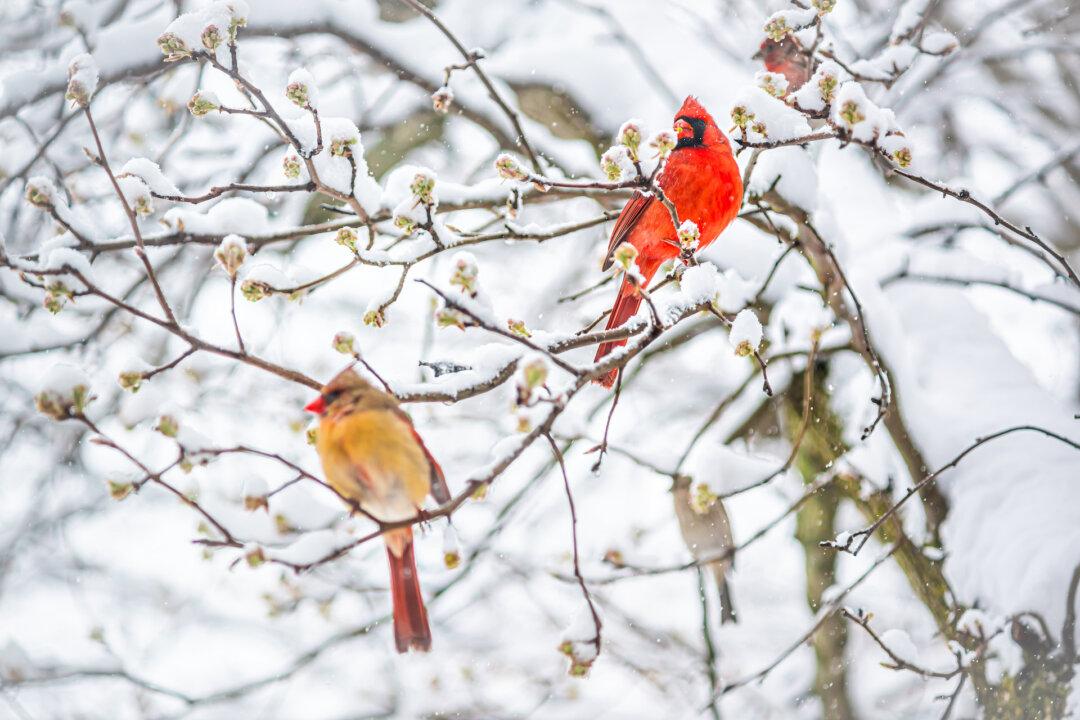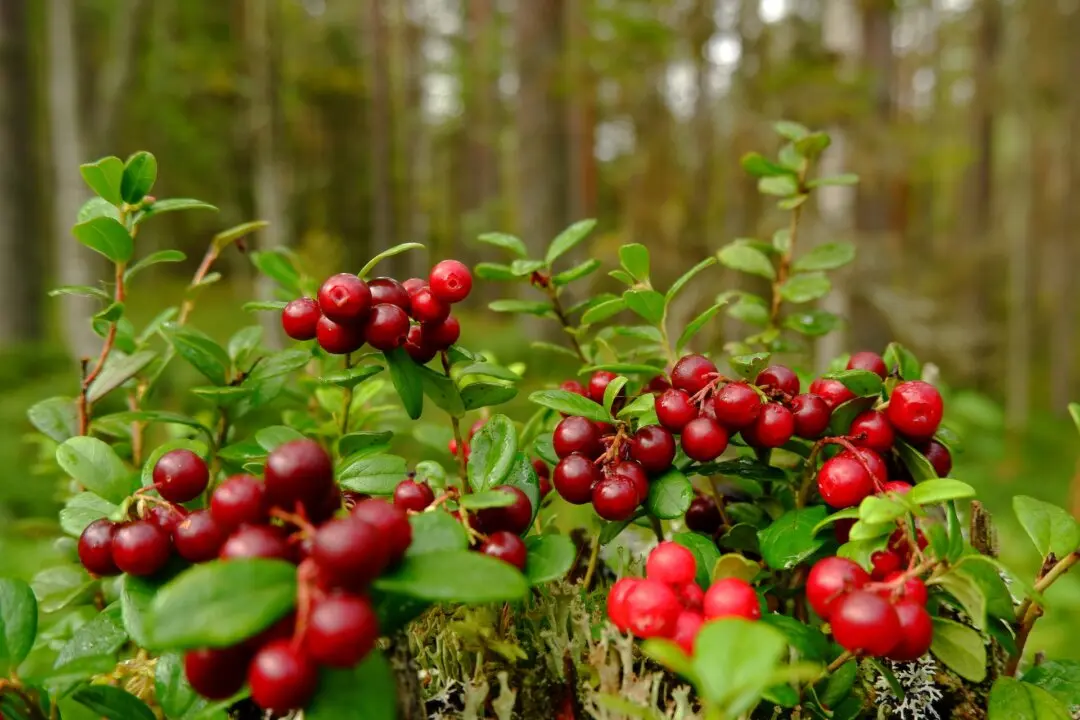Q: I started feeding birds back when I was forced to stay home. I do get several species of birds daily, but not cardinals. They come maybe once a week. I am wondering: What can be done to attract them more often?
A: Cardinals, like all animals, need food, water, and shelter. They also don’t live everywhere, and in the areas they do live, they may not be common, especially along the fringes of their overall range. So 99 percent of what I say in this article applies to anyone trying to attract any particular kind of bird.





